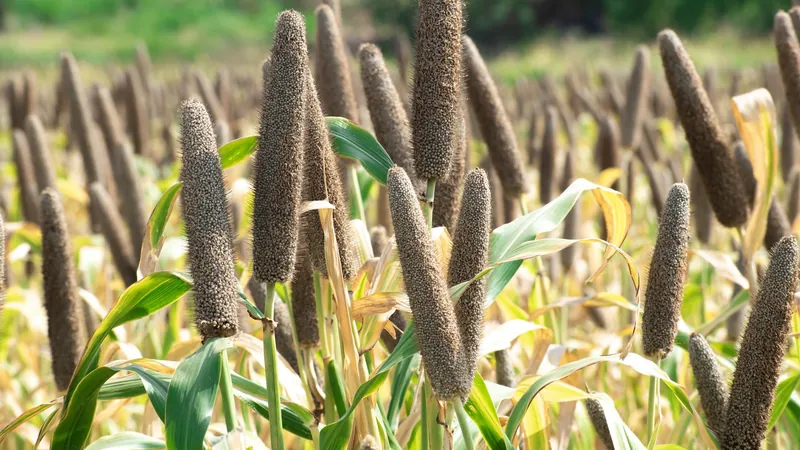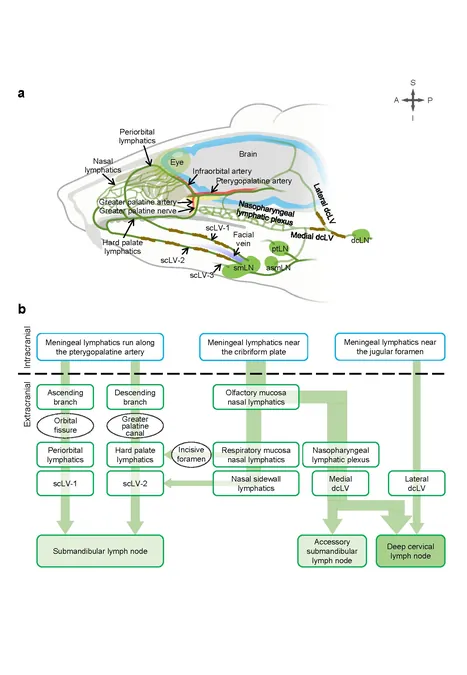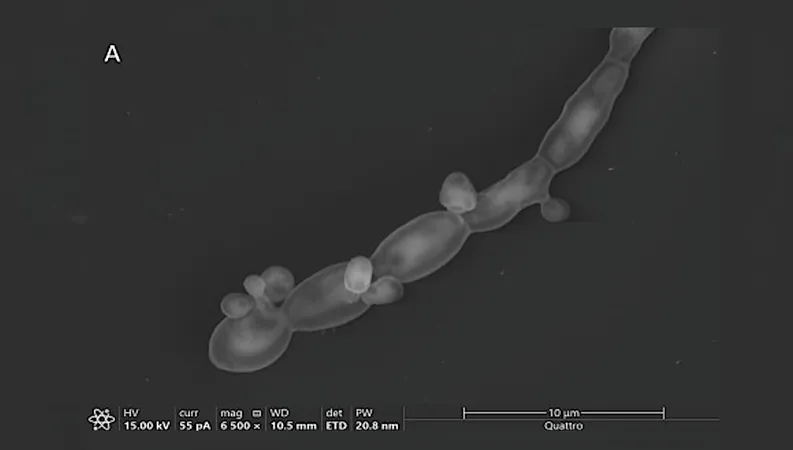
Revolutionary Discovery: The Grocery Item That Could Change Everything!
2025-05-04
Author: Wei
As droughts wreak havoc on wheat production globally, researchers have stumbled upon an exciting alternative: pearl millet.
A collaborative team from Drexel University, the University of Pennsylvania, City University of New York, and Monell Chemical Senses Center conducted innovative pilot studies to explore American preferences for this wheat substitute.
Their findings, showcased in the journal Foods, reveal that fermented pearl millet flour can replace up to 20% of whole wheat flour in whole grain sandwich bread without compromising consumer approval or purchase intent.
Utilizing an age-old and cost-effective method, the researchers fermented the millet to reduce phytic acid—a compound in the bran that hinders micronutrient absorption, including vital minerals like calcium and iron. Remarkably, they discovered that prolonged fermentation effectively lowered phytic acid levels.
Surveying tasters, the study revealed that consumers welcomed pearl millet as a wheat flour substitute up to a 20% threshold, irrespective of fermentation. However, flatbreads made solely from pearl millet did not fare as well; tasters found them to be overly bitter and sour when fermented too long.
Lead author May M. Cheung expressed her astonishment at how traditional practices can enhance nutrition with minimal scientific complexity, stating, "This simple and natural method reduced phytic acid levels and improved mineral bioavailability, making millet a more nutritious option for Americans."
Wheat, a dietary staple in the U.S., has been severely impacted by rising temperatures and pests. For instance, despite being the world’s second-largest wheat producer, India has faced declining yields due to sweltering heat. Similarly, American states like Oklahoma are grappling with drought and erratic temperature fluctuations.
In contrast, pearl millet thrives under tough conditions, showcasing exceptional drought and heat resistance, turning it into a climate-resilient grain. While researchers find promising results with millet, efforts continue to enhance drought resistance in other crops. For instance, one team in Spain has engineered products from natural plant and algae extracts that bolster the drought resilience of lettuce and broccoli.
The researchers acknowledged that while the initial findings are encouraging, further exploration is necessary. They assert that sensory barriers for partial substitution of whole-grain pearl millet for wheat in American bread appear minimal, paving the way for a potential shift in dietary staples.
As our climate changes and food security becomes increasingly critical, this breakthrough in millet research offers a tantalizing glimpse into future grocery aisles.


 Brasil (PT)
Brasil (PT)
 Canada (EN)
Canada (EN)
 Chile (ES)
Chile (ES)
 Česko (CS)
Česko (CS)
 대한민국 (KO)
대한민국 (KO)
 España (ES)
España (ES)
 France (FR)
France (FR)
 Hong Kong (EN)
Hong Kong (EN)
 Italia (IT)
Italia (IT)
 日本 (JA)
日本 (JA)
 Magyarország (HU)
Magyarország (HU)
 Norge (NO)
Norge (NO)
 Polska (PL)
Polska (PL)
 Schweiz (DE)
Schweiz (DE)
 Singapore (EN)
Singapore (EN)
 Sverige (SV)
Sverige (SV)
 Suomi (FI)
Suomi (FI)
 Türkiye (TR)
Türkiye (TR)
 الإمارات العربية المتحدة (AR)
الإمارات العربية المتحدة (AR)